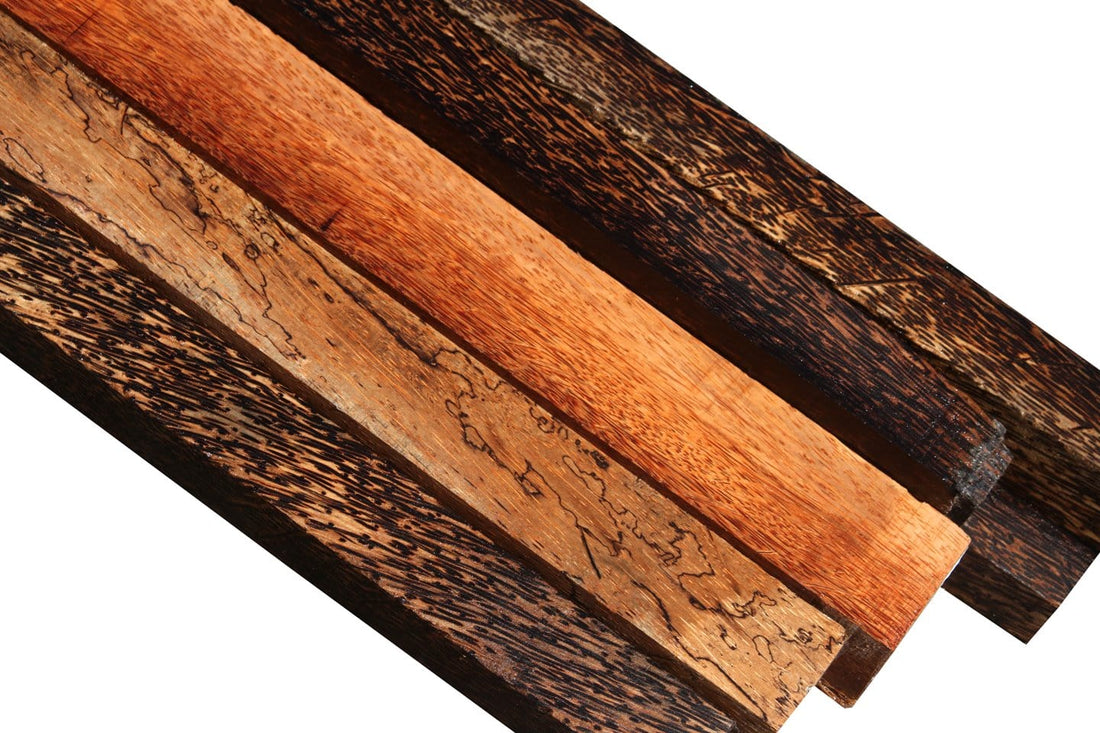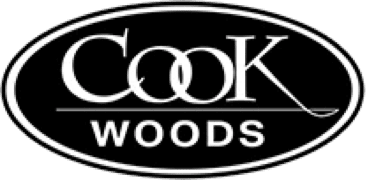BLACK PALM: Palm is the only family in the monocot order. The wood is basically a bundle of small straws that are fibrous. Black Palm is durable and hard with the black fibers densely packed together and surrounded by lighter colored less dense material. The end grain shows the black bundles crowded together like the end of a steel cable. There are not any growth rings visible in Palm wood. Many people mistake the open grain of this wood for checking, but the fibers have an open grain appearance that is normal for this wood. Black Palm takes a fine polish and is commonly used for walking sticks, handles, picture frames, boxes and more. Our stock is dried and generally surfaced on two sides or more. Wax sealed ends are common.
RED PALM: Palm is the only family in the monocot order. The wood is basically a bundle of small straws that are fibrous. There are not any growth rings visible. Many people mistake the open grain of this wood for checking, but the fibers have an open grain appearance that is normal for this wood. The wood is difficult to work but can produce some very nice pens, bottle stoppers, and end grain bookmatched inlaid box tops. Our Red Palm is from Central America. Red Palm is less dense than Black Palm but has the same structure where denser fibers are packed together and surrounded by lighter colored less dense material. The lighter colored material can often be dented by a fingernail. We have dried stock that is generally surfaced on two sides or more. Wax sealed ends are common. After you have sanded smooth with 100 grit, use a good CA glue to stabilize your turned article, let the glue dry for several hours, then finish sand. This is a great way to save in stabilization costs. Red or other colored dye looks good with Red Palm!

